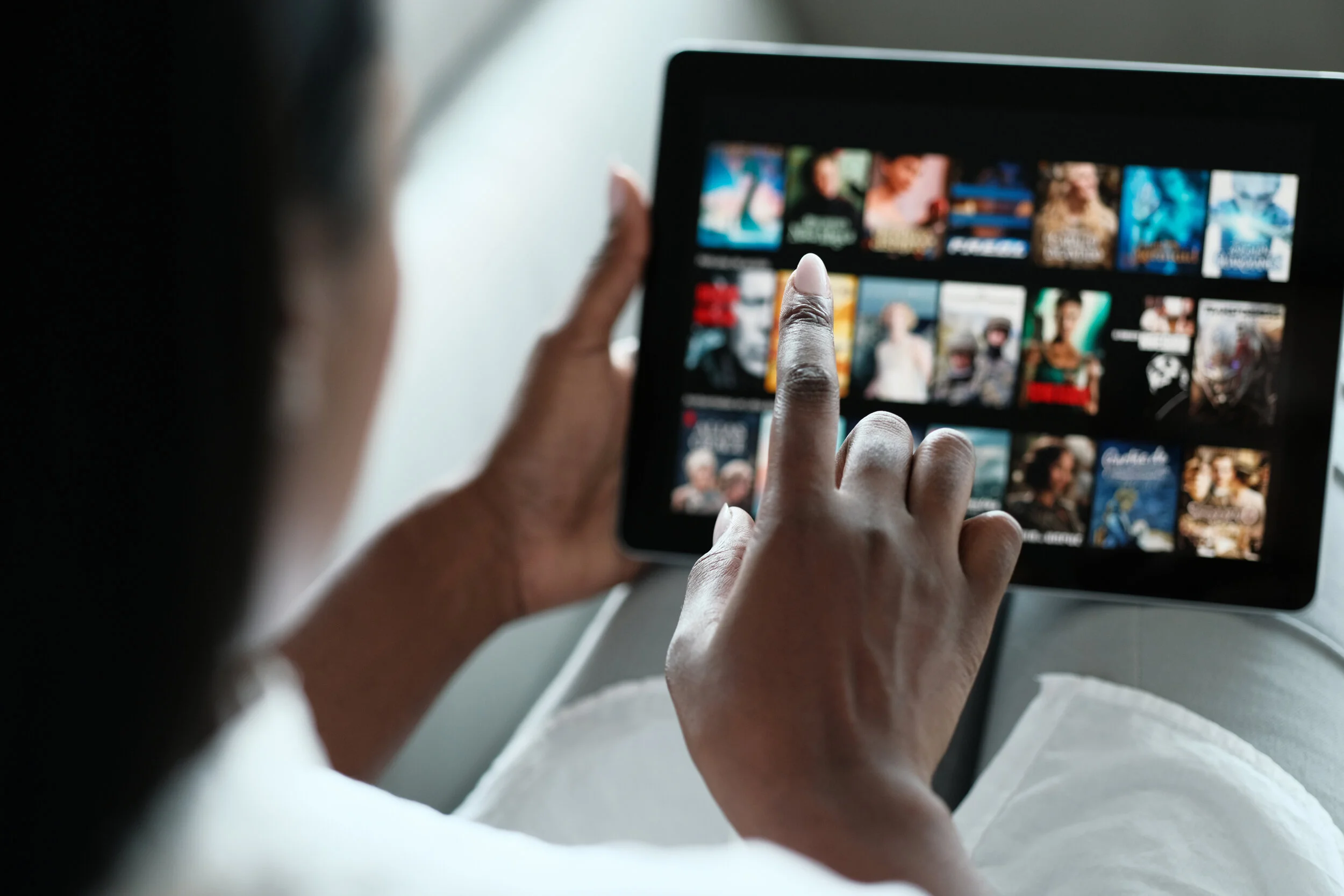Algorithms, Taste, and the Tyranny of Convenience
There is a classic experiment from 1963 known as the “kitten carousel,” in which two kittens were harnessed to opposite ends of a carousel after being raised from birth in complete darkness. The carousel was built so that only one of the kittens could move voluntarily; the other was simply forced to move by the decisions of the first kitten. The purpose of this devious contraption was to examine how the kittens’ visual perception would develop when they were exposed to identical light stimuli but differing affordances for voluntary movement. As it turned out, the kitten who could move voluntarily developed ordinary vision, while the kitten who could only move passively did not develop depth perception.
This experiment illustrates a deep principle about human and animal nervous systems: the perceptual discriminations we are capable of making are intimately related to our opportunities to exercise choice. Indeed the function of perception is to inform choice; where choice is unnecessary, perceptual skills do not develop. This relationship should be at the top of our minds as we radically alter the choice architectures that surround us through digital media — or, more accurately, as they are radically altered for us. Designers aiming to reduce friction — where friction includes any intensive demands on our judgment — may be undermining our ability to make discernments.
Consider Netflix’s recent experimentation with a ‘shuffle’ button, designed to relieve users of the onerous burden of having to decide what to watch on the platform. For anyone who has come home at the end of a long day wanting to use Netflix to unwind, this burden can be onerous, and the shuffle feature is likely to save countless hours spent scrolling through films. Paired with an increasingly accurate recommendation algorithm, the button may even serve people with enjoyable content they might not otherwise have discovered. Moreover, it may relieve the paradox of choice that many users face in deciding what to watch; by having the decision made for them, they may end up more satisfied with the choice.
But this feature is also a further step in a direction that Netflix, and content platforms more generally, have been traveling for a while. That is, a step away from taste as the driver of decisions and toward convenience. For example, Netflix began with a rating system of one to five stars, with half-star increments in between. To avail themselves of the best recommendations, users had to make discernments of quality between, say, a two-and-a-half-star film that was barely worth watching and a three-star film that might be called…not bad? To the film connoisseur, these judgments are already reductive, but to Netflix they were not reductive enough.
In 2017, the company scrapped the star system in favor of a simple thumbs-up/thumbs-down rating. This had the effect of increasing the number of ratings users provided (because asking "do I like this?” is easier than asking “how much do I like this?”), as well as eliminating a pesky gap between users’ self-reported judgments of quality and what they actually tended to watch. It turns out that, when given the opportunity to exercise judgment, users rated films aspirationally. For example, they might give five stars to The Godfather but only watch it once, while endlessly rewatching a silly comedy to which they only gave three stars. These kinds of distinctions are unhelpful to Netflix, because while more Godfather-like recommendations might make a user more like the kind of filmgoer they’d like to be, more silly comedy recommendations would get them using the service more.
It’s hard to know what the long-term effect of these decisions will be for the quality of films, but it’s unlikely to be positive. After all, if restaurants served nothing to gain by stocking high-quality wines, we could expect that fewer such wines would be manufactured. The very word we’ve become accustomed to using — “content” — suggests a kind of homogenous fungibility. As Matthew Ball, former Head of Strategy for Amazon Studios, puts it, “quality is a distraction…Less than half of daily TV time is spent on the living room couch in front of the TV, let alone alongside loved ones. It’s instead spent while cooking dinner, running on a treadmill, tidying up, playing bridge or attending to a crying infant. Here, TV is background entertainment; it’s mostly just helping to pass the time.” When it comes to cinema, most people are satisficers, not maximizers. Above a certain minimal threshold of quality, convenience is what matters to them.
But as Tim Wu puts in a 2018 op-ed titled “They Tyranny of Convenience,” “convenience has the ability to make other options unthinkable.” If, for example, there are wide variations in quality among laundry detergents, I am unaware of them, because convenience is what matters to me that domain. The allure of convenience is that it frees up time to do other things; ideally, tasks in which we can engage in the kind of struggle that makes life worth living. I don’t do laundry for the intrinsic rewards of doing laundry — but I do watch films for their intrinsic rewards. And this is why convenience is a double-edged sword. The more convenient Netflix makes it for me to watch a film, the less driven I am to develop the kind of taste that would help me make these decisions on my own. The presence of maximizers in a given domain — of people who care to make discernments of quality — guarantees a higher standard of quality for us all. The shuffle button may make it easier in the short term for users to see a good film over a bad one. But in the long term, it will erode their ability to tell the difference.

